Clove
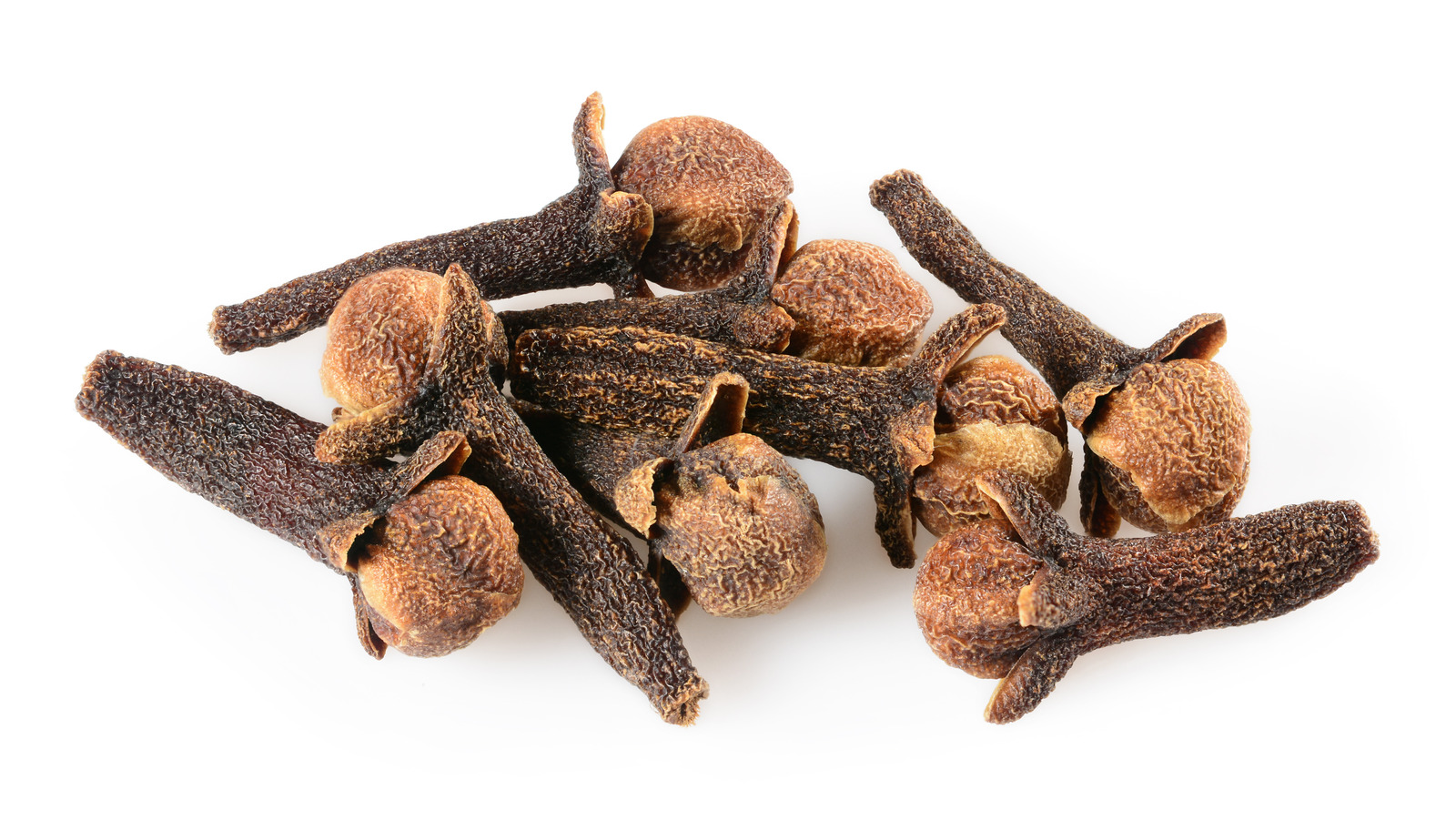
It comes as a surprise to many that clove is actually a flower bud, these buds have to be picked at just the right time.
Before flowering the buds will turn a deep red and this is the ideal time to harvest your clove.
Clove buds come from an evergreen bush with vibrant pink flowers and purple berries.
The clove plant does best in warm and humid regions.
The earliest written record of the use of clove as a medicinal herb is by the Han Dynasty in China around 300 B.C.
Like cinnamon clove was a prized spice and once rivaled the value of oil.
Now let's take a look and see what some of the key medicinal properties of clove is and how we can use this herb.
Key Medicinal Uses
- Analgesic
- Stimulant
- Antiseptic
- Anti-emetic
- Antoxidant
- Antimicrobial
How to Use
For toothaches a clove or drop of clove oil on a cotton ball can be placed on the aching tooth.
This method should be used sparingly however and do not place the oil on the gum.
For nerve pain a diluted oil up to 3% max can be applied to the skin to treat problems such as shingles.
In small doses clove powder can be useful for treating things such as nausea, indigestion, and bloating.
Caution
Never ingest the essential oil without carefully diluting it first, and in some cases external use can lead to dermatitis.
Clove should be used sparingly and just be sure to monitor how your body reacts to it.
Fennel Seed
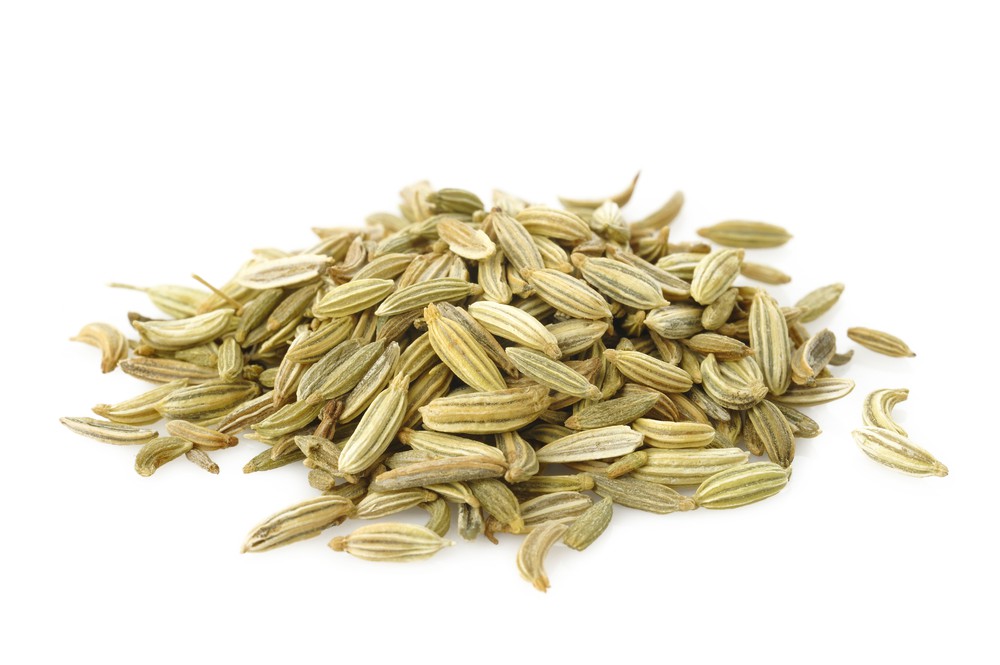
If you have ever had a licorice stick, then you already know what fennel seeds taste like. With its mild and enigmatic flavor, it often invites comparisons to anise. It is also used in many savory dishes, and is a common ingredient in sausages. In fact, even a bit of fennel seed added to a stew can make it seem to have more meat than it actually does.
Cayenne Pepper
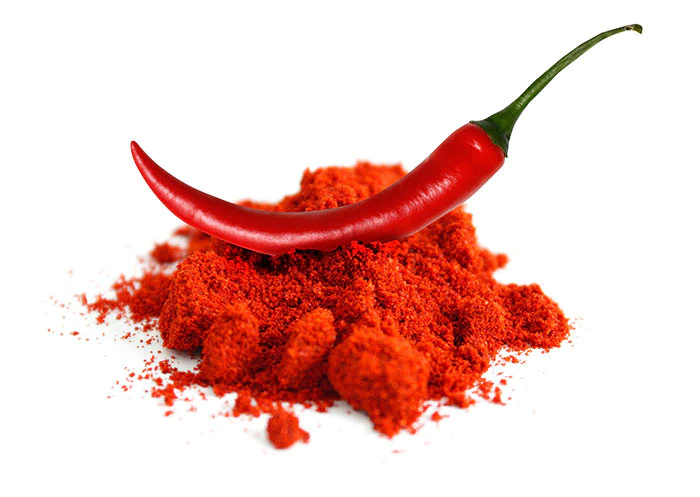
Cayenne pepper–or simply cayenne–is a specific variety of pepper known for its heat and distinctive flavor. Capsaicin is the compound responsible for giving cayenne its characteristic fire, raising the body’s temperature and boosting metabolism. This effect is in fact thought to aid in the burning of fat and calories.
Studies conducted by researchers at Purdue University seem to bear out this theory. In the aforementioned study, it was found that cayenne mixed with food helped stave off fat and salt cravings. People that incorporated it into their meals also consumed fewer calories the rest of the day.
Cayenne is of course suitable for use in a variety of savory dishes. It is an excellent addition to hummus and other bean dishes, and it gives a nice zing to a tub of popcorn. It can even be sprinkled over a rich, dark chocolate drink, giving it an added bit of heat at the end.
Cardamom
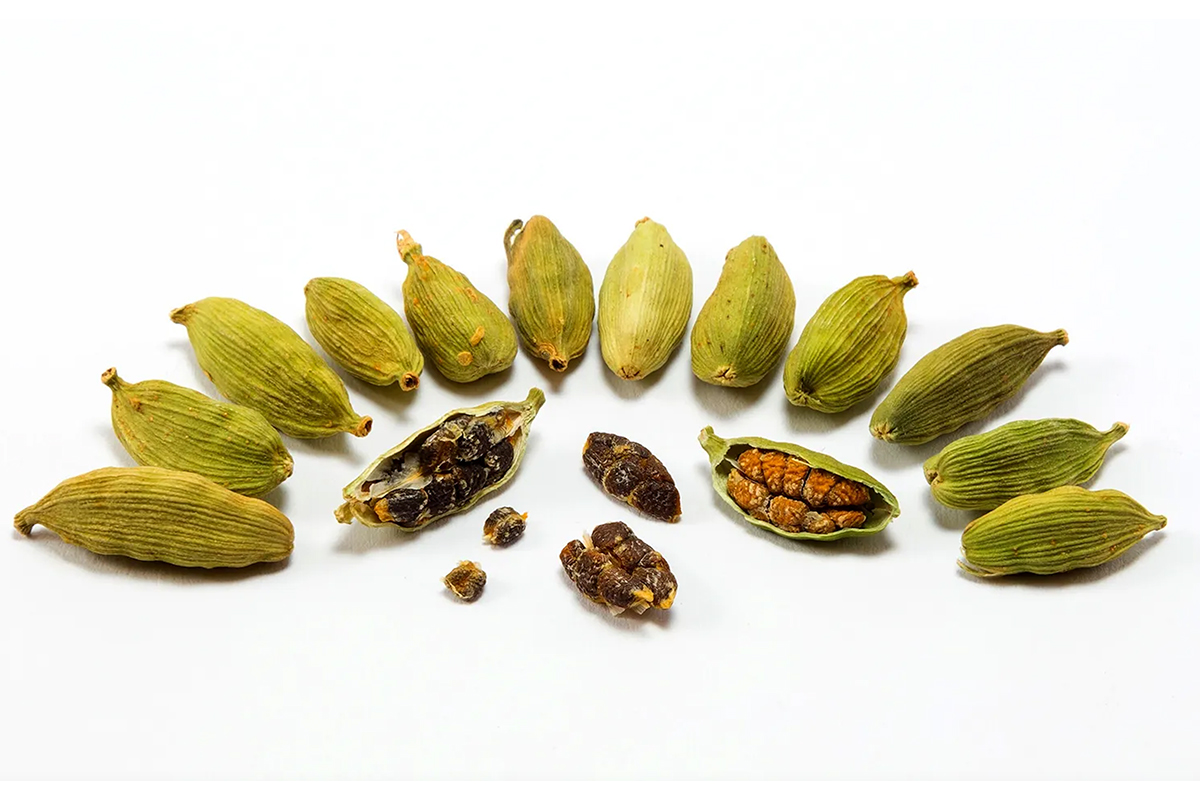
Cardamom isn’t quite as familiar as most of the other spices mentioned here. But there is a good chance that you have already tasted it without even knowing what it was. With its distinctively sweet-spicy flavor, it is perfectly suited to a variety of desserts and sweets.
Cardamom is actually a pretty expensive spice, which is probably why it isn’t as common as other spices. The good news is that you don’t really need a lot to impart its unique flavor characteristics to what you’re cooking.
Cardamom is believed to have cancer-fighting properties. It is also used to provide relief from asthma, and to prevent the action of harmful microbes.
Cumin
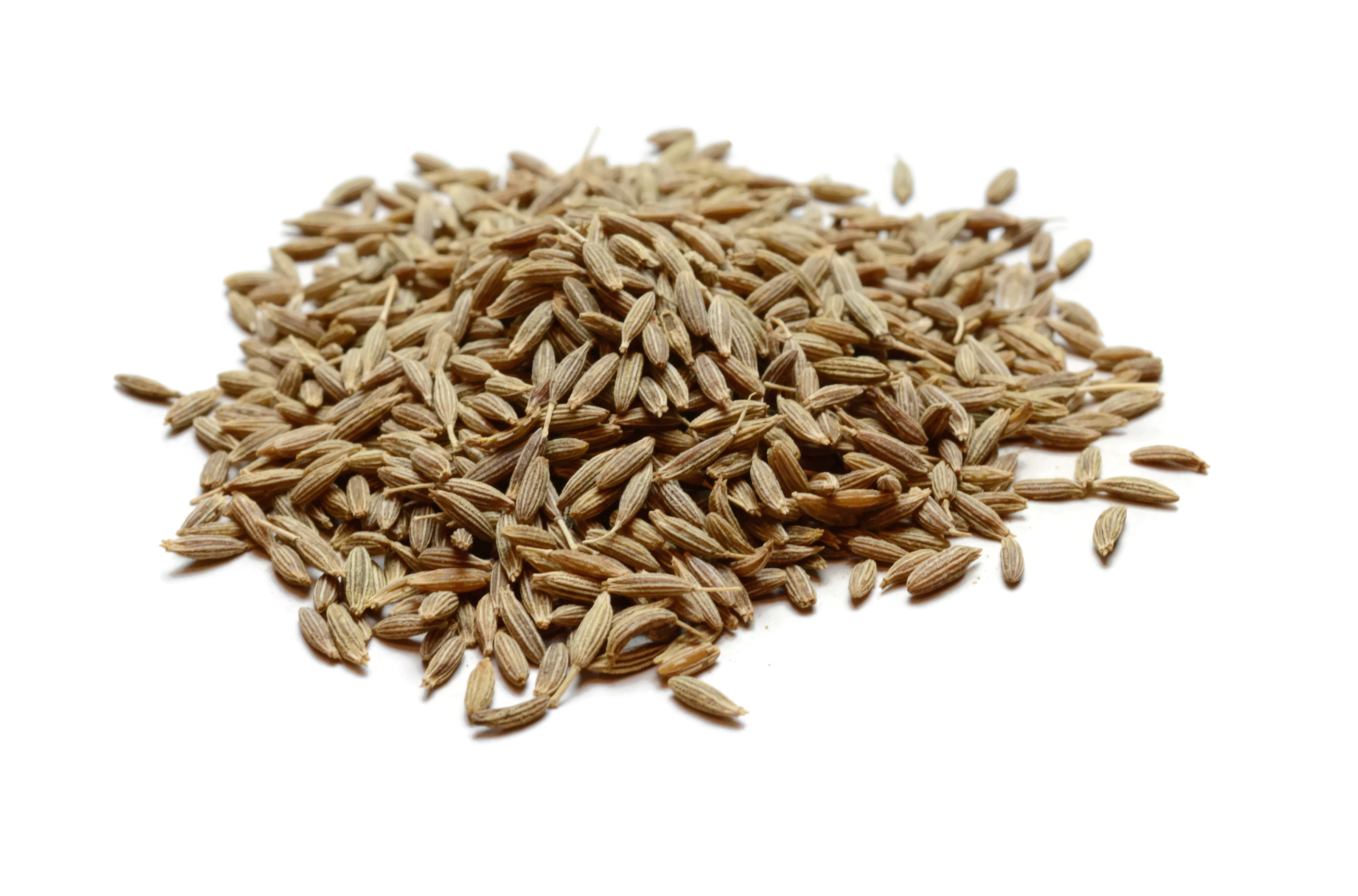
Cumin is derived from the seeds of the Apiaceae family of plants. Sold in whole and powdered form, it is a common ingredient in the dishes of the Mediterranean and India, where the plant grows natively.
The aroma of cumin is quite distinctive. Rich, earthy, and smoky, it is easily recognizable as the primary aromatic component of many types of chili preparations. It is also used in soups and stews, and a number of Brazilian, Indian, and South Asian dishes.
Cumin is thought to increase metabolism and bolster the immune system.
